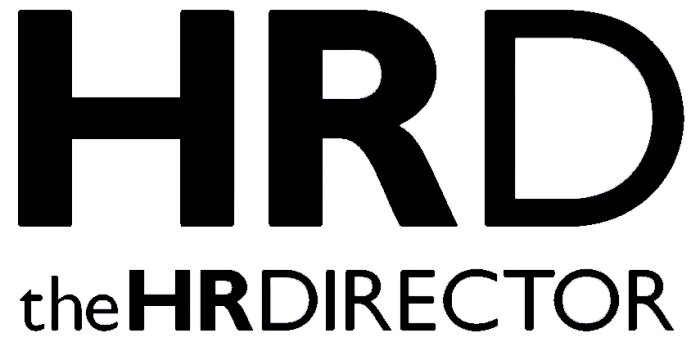Bullying at work has long been framed as something leaders do to subordinates. But in a post-pandemic world of hybrid work, flattened hierarchies, and amplified employee voice, it is time to confront a different, less visible reality: bullying that flows upwards. Upward bullying refers to a sustained pattern of hostility, exclusion, or manipulation directed at a manager by their team or individual subordinates. It may involve gossip, non-cooperation, orchestrated grievances, and reputational attacks—actions often shielded by language around psychological safety or protected disclosures. These behaviours can profoundly damage a manager’s credibility, confidence, and career.
So why does this matter now? Because the systems designed to protect against workplace harm—grievance frameworks, safeguarding processes, and inclusion strategies—often operate on the assumption that managers always hold power. This leaves little room for recognising, let alone addressing, situations where the dynamic is reversed. The increasing trend towards hybrid work has further blurred lines of visibility, accountability, and authority. A remote environment can conceal subtle patterns of defiance or exclusion. A ‘reply all’ email or a persistent silence in video meetings can amount to strategic resistance. HR leaders must ask: Do our systems recognise power beyond the org chart?
Drawing on a systematic review of 98 studies and underpinned by qualitative coding and interpretative phenomenological analysis (IPA), this article introduces a new conceptual framework: the Relational-Interpretive Model of Upward Bullying. This model shifts the conversation from blame to understanding, asking not just what happens, but how power, identity, and organisational systems shape managers’ experience of harm.
The Evidence Gap: A Systematic Review of Upward Bullying
Of the 98 studies reviewed, fewer than 20 even mentioned upward bullying, and just 7 explored it in depth. The literature overwhelmingly focuses on peer-to-peer or downward bullying. Where upward behaviours are referenced, they are often framed as resistance, performance disputes, or ‘difficult’ leadership dynamics.
Using SPICE and snowballing techniques, the review integrated grey literature, practitioner reports, and academic sources. NVivo analysis revealed five dominant themes:
Narrative Ambiguity – The use of DARVO (Deny, Attack, Reverse Victim and Offender) to frame managerial action as bullying.
Power Reversal – Employees leveraging informal influence, peer alliances, or knowledge asymmetry to challenge authority.
Organisational Silence – HR systems are ill-equipped to support managers, defaulting to procedural neutrality.
Weaponised Grievances – Complaints used to delay, undermine or block performance management.
Identity and Legitimacy – Female, minority, and neurodivergent managers are disproportionately targeted.
The findings underscore a consistent oversight: existing HR systems are designed for clear-cut cases of misconduct, not for relational ambiguity. This leaves HR professionals navigating complex interpersonal conflicts with a toolkit designed for hierarchy, not fluid power.
Why Existing Models Fail
Conventional theories assume a vertical flow of power. But as Lukes (1974) and Clegg (1989) argued, power is relational, embedded in norms, narratives, and structures. Managers may formally hold power, but that doesn’t mean they can exercise it without repercussion. Key gaps include:
Conceptual confusion: Upward bullying is often conflated with employee dissatisfaction or whistleblowing.
Policy blind spots: Grievance procedures lack definitions or thresholds for identifying upward harm.
Cultural narratives: Organisational values around inclusivity and psychological safety can unintentionally protect those who undermine leadership.
Significantly, the absence of manager-centred data limits the ability of organisations to learn from these events. When managerial complaints are dismissed as ‘leadership development opportunities’, the result is often burnout, attrition, and escalating team dysfunction. The silence around upward bullying becomes a form of institutional betrayal.
Introducing the Relational-Interpretive Model
This model draws on IPA and social constructivism to map five interacting domains:
Relational Foundations – Trust, mutual respect, and professional identity are disrupted by blurred boundaries or changes in authority.
Narrative Manipulation – The social construction of events distorts intent and legitimacy.
Emotional and Professional Impact – Targets experience anxiety, depersonalisation, self-doubt, and moral injury.
Power Contestation – Employees use soft power (e.g., informal networks, knowledge asymmetry) to resist or destabilise.
Organisational Amplifiers – Grievance misuse, silence from HR, and procedural asymmetry entrench harm.
The model encourages HR to look beyond behaviour and instead ask: What are the interpretive processes and systems that sustain these patterns? It also situates upward bullying as a systemic issue, not a failure of character or leadership. This reframing allows HR to intervene at the right level: culture, structure, process, and sense-making.
Real-World Insight: Lessons from the Stanley-Idum v MoD Tribunal
In 2025, I served as a key witness in the Employment Tribunal case Mr Stanley‑Idum v Ministry of Defence and Others (2212599/2023)—a case that encapsulated the dynamics of upward bullying. Despite the claimant’s allegations of harassment and racial stereotyping, the Tribunal ultimately dismissed every claim. My leadership role and evidence were pivotal, yet the personal and professional toll was considerable.
This experience highlighted several critical failings:
The misuse of bullying, harassment, discrimination and victimisation policy and procedures to challenge legitimate performance management.
The framing of feedback as a personal attack, coercive control or racial discrimination.
The failure of the HR systems to protect the reputational and psychological safety of targeted managers.
The systemic tendency to assume managerial fault in any conflict.
These dynamics directly informed the development of the Relational-Interpretive Model. They also inspired the founding of Blue Turtle HR, a bespoke consultancy service helping organisations and HR teams navigate complex grievance cultures and protect both psychological safety and leadership legitimacy.
Practical Implications: What Should HR Do Differently?
Policy Revision – Define upward bullying explicitly in grievance procedures. Recognise how power and harm can flow in multiple directions.
Training in Narrative Dynamics – Equip HR and ER professionals with tools to understand DARVO, gaslighting, and narrative reversal. These are not abstract theories—they play out in real HR case files.
Support Mechanisms for Managers – Offer confidential support and risk assessments for managers named in grievances. Protect their well-being and reputation while the investigation proceeds.
Review of Team Cultures – Where multiple complaints arise from the same team, review cultural and power dynamics holistically. Are there unspoken norms that resist female or neurodivergent leadership?
Embed IPA Approaches – Move from ‘what happened’ to ‘what was experienced’. Use qualitative interviews and sense-making techniques to inform case reviews.
Balance the Psychological Safety Equation – Too often, safeguarding focuses only on one party. HR must ensure managers also feel safe to lead, correct, and challenge.
Conclusion: The Future of Power and Protection in HR
Upward bullying challenges core assumptions in human resource management (HRM) and employee relations (ER) practice. It demands a more nuanced, context-sensitive approach to power, harm, and grievance. By adopting the Relational-Interpretive Model, HR leaders can recognise the multi-directional nature of workplace conflict and rebuild systems that serve everyone fairly.
Psychological safety must be more than an aspiration. It must be a practice—one that protects managers as well as employees, truth as well as perception, and leadership as well as voice. This shift in approach requires courage, critical thinking, and the will to see power where it is, not just where we expect it to be.







